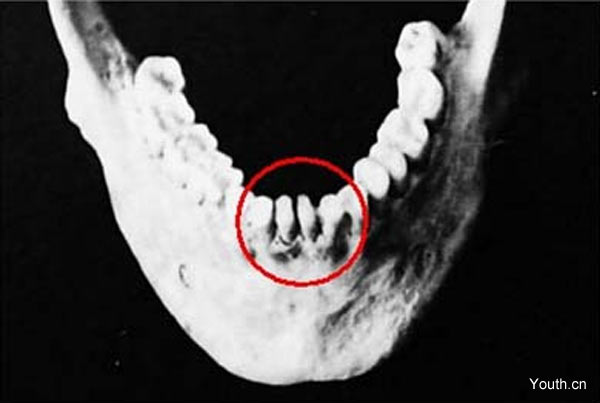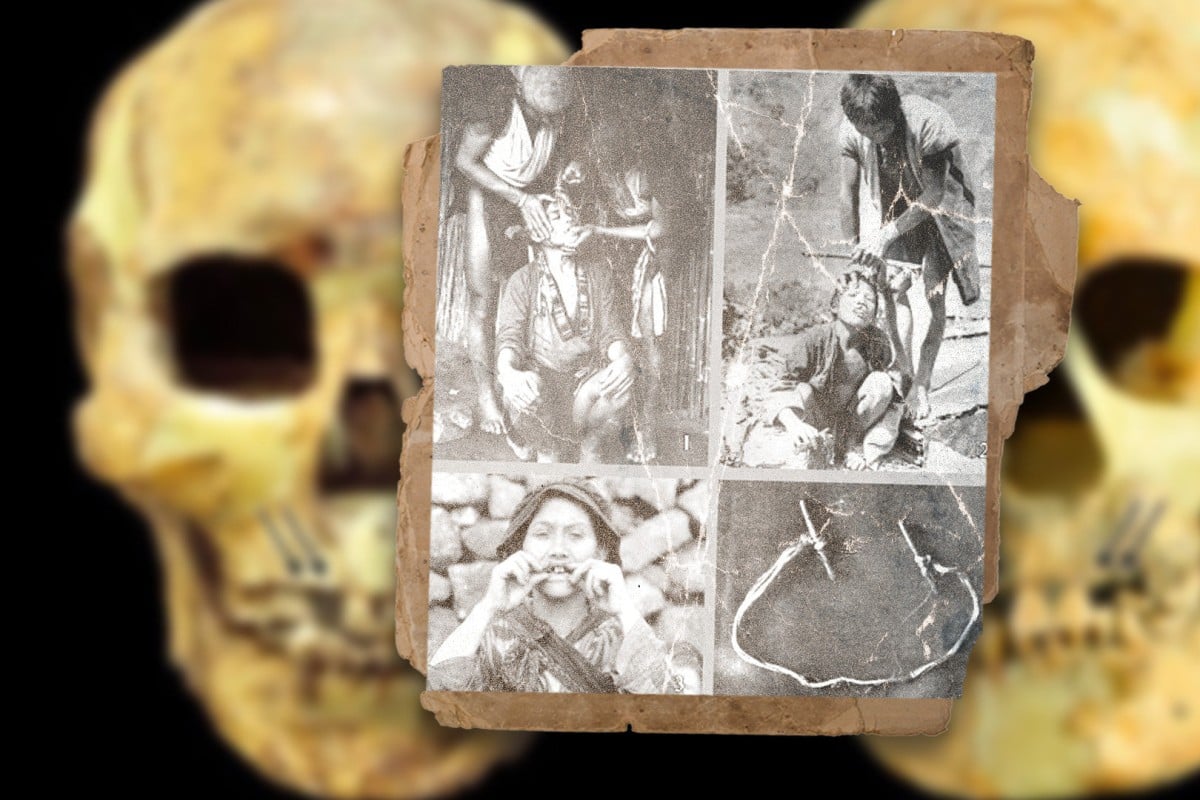Archaeologists have released a photograph of a skull found in an ancient tomb in Alaer (Aral) in Southern Xinjiang, China. The skull shows an unusual characteristic in which the teeth are vertically oriented instead of horizontally. In addition, the researchers have revealed that the skeleton recovered from the tomb measured a massive 2.3 metres (7 feet 6 inches).

While there is little available information about the finding in English, researchers have said that skeleton is 4,000 years old and belonged to the Qiang people, an ethnic group of China who live mainly in mountainous region in the north-western part of Sichuan province on the eastern edge of the Tibetan plateau.
The Qiang people have been recognised as a ‘first ancestor’ culture due to their ancient roots – they were mentioned in ancient Chinese texts as well as inscriptions on the oracle bones of 3,000 years ago. However, the ancient Qiang people referred to in these ancient texts were a broad group of nomadic people and the ancestors of the modern Tibeto-Burman speakers, they are therefore not the equivalent of the modern Qiang people who are a small branch of the ancient Qiangs.
The Qiangs were also not a single distinctive ethnic group in the past. According to historical records, a clan group made their homes in what is today’s Sichuan Province. During 600 to 900 AD when the Tibetan Regime gradually expanded its rule over the region, some Qiangs were assimilated by the Tibetans and others by the Hans, leaving a small number unassimilated. These developed into the distinctive ethnic group of today.

Interestingly, the region where the tomb was uncovered is in the same region where the well-known Tarim mummies with Caucasoid features were recovered. The mummies were found to have typical Europoid body features (elongated bodies, angular faces, recessed eyes), and many of them have their hair physically intact, ranging in colour from blond to red to deep brown. Like the Qiang skeleton, the Tarim mummies were also found to be very tall. Could there be a link between them?
There are many important questions we would like answered about this discovery. The announcement was that ‘ancient Qiang people had vertically grown teeth and longer skeletons’ – have others been found to make this conclusion? What else was found in and around the tomb? What other characteristics did the skeleton have? Have DNA analyses been conducted? We are attempting to contact those who made the announcement in order to find answers to some of the questions.